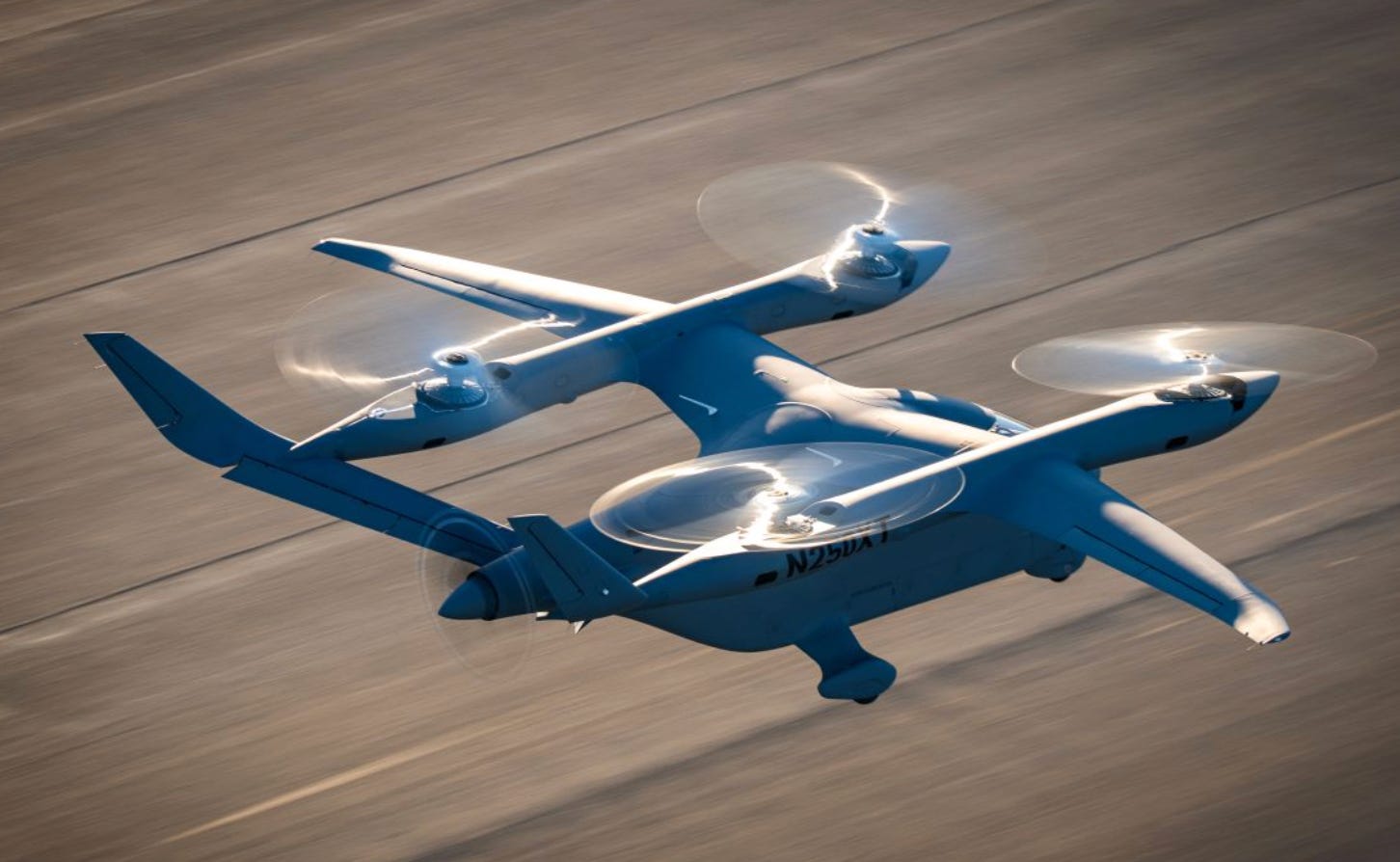The Robot in the Green Mountains: Is BETA’s Electric Aircraft Learning to Fly Itself?
BETA Technologies is actively building the capability for its aircraft to fly without a pilot on board.
The New Horizon for Vermont Aviation
For years, Vermonters have watched the quiet, white shape of BETA Technologies’ ALIA aircraft gliding over Lake Champlain, representing the future of electric aviation. However, a major development has shifted the narrative. The story is no longer just about battery power or zero emissions; it is about robotics.
BETA Technologies is actively building the capability for its aircraft to fly without a pilot on board. This development marks a transition from a vehicle that is merely cleaner than a helicopter to one that is fundamentally smarter. For the residents of South Burlington, Plattsburgh, and the broader region, this raises an immediate and practical question: Can it actually fly itself?
1. The Core Question: Can It Fly Itself?
The short answer is yes, but with a specific operational approach known as “Optionally Piloted.”
BETA’s aircraft were designed from day one with a system called fly-by-wire. In older airplanes, a pilot’s hands are mechanically connected to the wings via cables. In the ALIA, the pilot’s movements are sent to a computer, which then flies the plane. Because a computer is already flying the aircraft, replacing the human pilot with a “digital pilot” is a software and sensor challenge rather than a mechanical one.
To achieve this, the aircraft is being equipped with a technology suite called “Responsive Uncrewed Capability” (RUC). This system allows the aircraft to perform complex tasks that typically require human eyes and judgment:
Seeing the World: The aircraft uses sensor fusion, combining LiDAR (laser scanning), cameras, and radar. This allows the plane to “see” power lines, trees, and terrain in 3D, even in the dark or through Vermont’s notorious fog and snow.
Landing Zone Evaluation: Perhaps the most critical feature for Vermont’s rural landscape is the ability to judge a landing spot. As the aircraft approaches a field or helipad, the onboard computer scans the ground in real-time. It measures the slope and checks for obstacles—like a fallen log or a parked car. If the spot is unsafe, the system autonomously “waves off” and finds a safe alternative, all without human intervention.
Navigating Without GPS: If satellite signals are blocked by mountains or jammed during military operations, the aircraft can navigate by recognizing the terrain below it, comparing what it “sees” against stored maps to know exactly where it is.
2. How Will This Be Used?
The move toward autonomy is not technology for technology’s sake. It is driven by three specific, high-demand sectors where removing the pilot solves critical problems.
Military: The “Contested Logistics” Mission
The primary driver for this acceleration is the U.S. defense sector. The Department of War has identified Contested Logistics as a top priority. In modern conflicts, large cargo planes and supply convoys are easy targets.
The Mission: The military wants to use “swarms” of smaller, agile aircraft to resupply troops in dangerous zones.
The Advantage: By using an autonomous ALIA, the military can deliver supplies without risking a pilot’s life. The electric design is also quiet (acoustic stealth) and cold (no heat exhaust), making it hard for enemies to detect.
Commercial: Solving the “Middle Mile”
For civilian life in Vermont, this technology addresses the “middle mile” gap—moving goods from a main hub (like Burlington) to rural towns (like Newport or Rutland).
The Mission: Carriers like UPS Flight Forward are exploring these aircraft to move packages regionally.
The Advantage: An uncrewed aircraft has no “duty day” limits. A human pilot can only fly 8 hours a day; a robot can fly 24/7, stopping only to charge. Furthermore, removing the pilot increases the cargo capacity from ~1,250 lbs to ~2,500 lbs, making it cost-competitive with trucking.
Medical: Saving Lives Faster
BETA has established partnerships with United Therapeutics and Metro Aviation for organ and medical transport.
The Mission: Delivering a heart or lung for transplant, or moving blood supplies to a rural hospital during an emergency.
The Advantage: Organs have a strict time limit. Autonomous aircraft offer “on-demand” flight. They can take off the moment an organ is ready, regardless of whether a human crew is rested and available, potentially saving lives that would be lost to logistics delays.
3. The “How”: A Strategic Partnership
BETA Technologies is not building this “digital brain” from scratch. The revelation behind this new capability is a strategic partnership with Near Earth Autonomy, a Pittsburgh-based leader in aerial robotics.
Why This Partnership Matters
Near Earth Autonomy brings a pedigree that complements BETA’s airframe expertise. They are currently co-leading a U.S. Army program to make large Black Hawk helicopters fly autonomously.
Proven Tech: BETA is effectively taking a “brain” that has already proven it can fly a 10,000-pound military helicopter and installing it into their electric aircraft. This significantly reduces the safety risk and speeds up the timeline.
The Approach: The system uses deterministic software. Unlike the AI in chatbots that “guesses” an answer, this system follows strict, verifiable rules. This is essential for gaining FAA certification, as regulators need to know the plane will always react predictably.
What Happens Next
The integration of these systems is already complete, moving the project from the lab to the runway.
Flight Testing (H1 2026): Vermonters in the Champlain Valley may soon see ALIA aircraft conducting flight tests that look different from usual—performing complex autonomous maneuvers or landing approaches at the Plattsburgh and Burlington testing facilities.
Regulatory Sandbox: BETA has joined the White House’s Integration Pilot Program (eIPP), which allows them to test these capabilities under close FAA supervision, likely establishing Vermont as one of the first “proving grounds” for autonomous commercial aviation in the country.
The aircraft are still built in South Burlington, but the definition of what they are has expanded. They are no longer just electric vehicles; they are becoming the first generation of autonomous aerial logistics robots.



